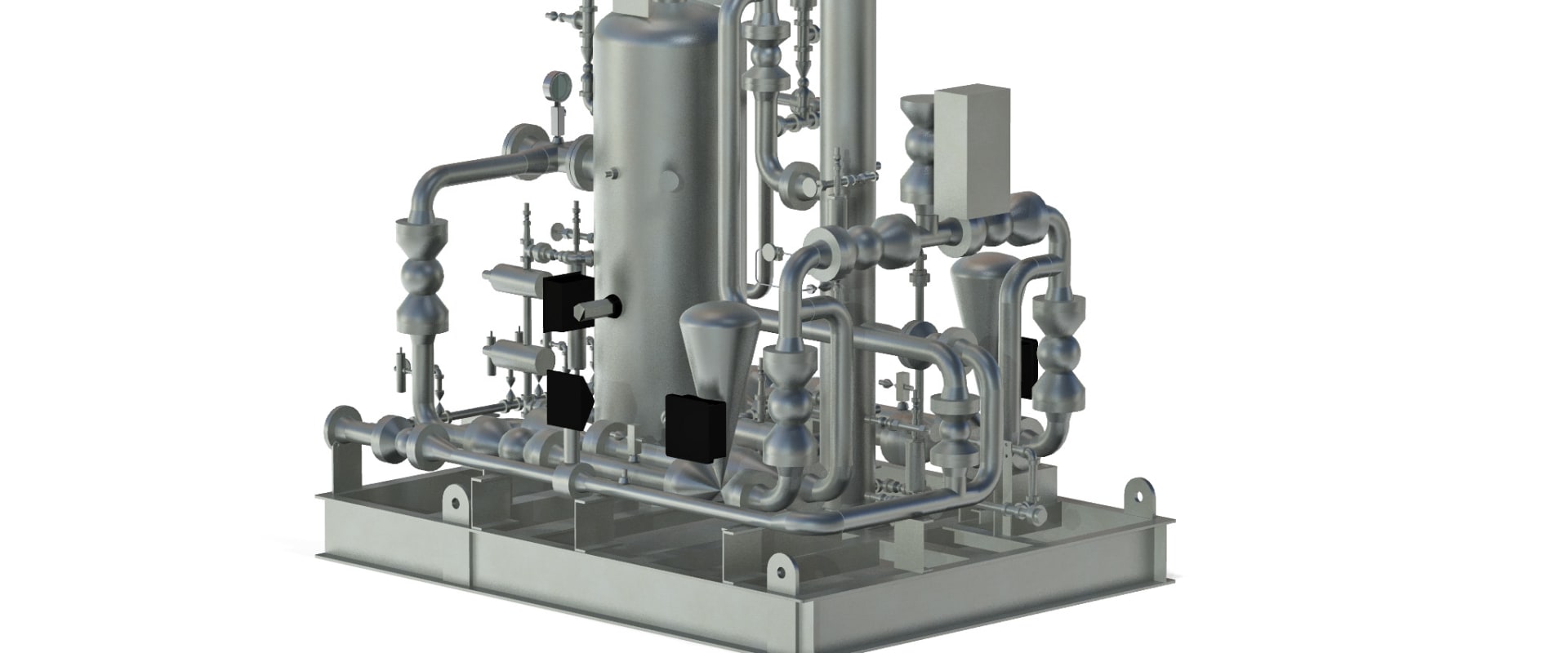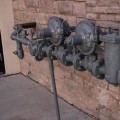Gas pipes are a piping system in your home that is used to transport natural gas from the supply directly to the heating system. The system is composed of branches, which go to the individual appliances throughout the house. Bypass lines lead to drop lines, which are risers that fall to an appliance. Fuel gas pressures vary depending on the type of gas being used.
Natural gas is typically piped from gas fields to utilities in high-pressure pipelines that can see pressures of thousands of psi. Pressures are high to move large quantities of gas through a relatively small pipeline. The local utility company normally buys gas from the market through the transmission grid with a meter and regulator assembly to record the amount flowing. The pipe inside the house is called a gas supply line or construction line.
The branches go to the individual devices. The bypass line terminates in a downcomer line, which is a vertical pipe that descends to the apparatus from an aerial bypass line. This drop line is called a riser if it carries gas to an appliance from a bypass line below the appliance. Usually, the utility company will provide a gas regulator with the gas meter assembly at each service connection to reduce the pressure to the pressure desired by the customer.
Recently, plastic flue gas vent materials were added to fuel gas codes because many manufacturers of high-efficiency equipment used plastic pipes instead of stainless steel combustion pipes. Propane is also a common fuel gas in rural areas where the gas supply is in liquid form; it evaporates in the piping system at lower pressures. I have investigated many explosions and fires associated with capless gas pipes that leaked combustible gas. The National Fuel Gas Code is the oldest model fuel gas code and has been revised and renumbered for many years.
The pipes upstream of the gas meter and the meter itself are usually the responsibility of the gas company. I have advised on many combustible gas explosions where the purge operations were carried out on new pipes that had experienced a loss of odor due to the gas having been in the pipeline for an extended period of time. Some jurisdictions using very old codes had fuel gas and ventilation systems covered by several chapters of the old BOCA or Uniform Plumbing Code or Uniform Mechanical Code. Fuel gas piping system means the arrangement of pipes, pipes, fittings, connectors, valves and devices designed and intended for supplying or controlling the flow of fuel gas to appliances.
Refer to the fuel gas appliance manufacturer's recommendations for the minimum and maximum gas pressures for proper operation of the equipment. This chapter covers the installation of underground pipelines, overhead pipelines, hidden pipes in buildings, pipes in vertical chases, turns of gas pipes, drip and sediment traps, outlets, manual gas shut-off valves, prohibited devices, systems containing gas-air mixtures outside the range of flammable, systems containing flammable gas-air mixtures, electrical connections and earthing, electrical circuits and electrical connections. The two model codes in the United States are the International Combustible Gas Code, administered by the International Code Council, and the National Combustible Gas Code NFPA 54. They chose the development of a standard route rather than focusing on the need for temperature limiting switches or flue gas temperature sensors for fuel gas appliances that want to use plastic combustion tubes. After determining the gas CFH for a pipe section, using the appropriate gas pressure table and the total length of the piping system, professionals can select the pipe size from the code tables.
Over the years, fuel gas systems have been installed according to various fuel gas model codes and various model editions or local codes. When the earth around the fuel gas pipe moves or settles, it creates a vacuum along the pipe where the gas seeps away from the building. .




